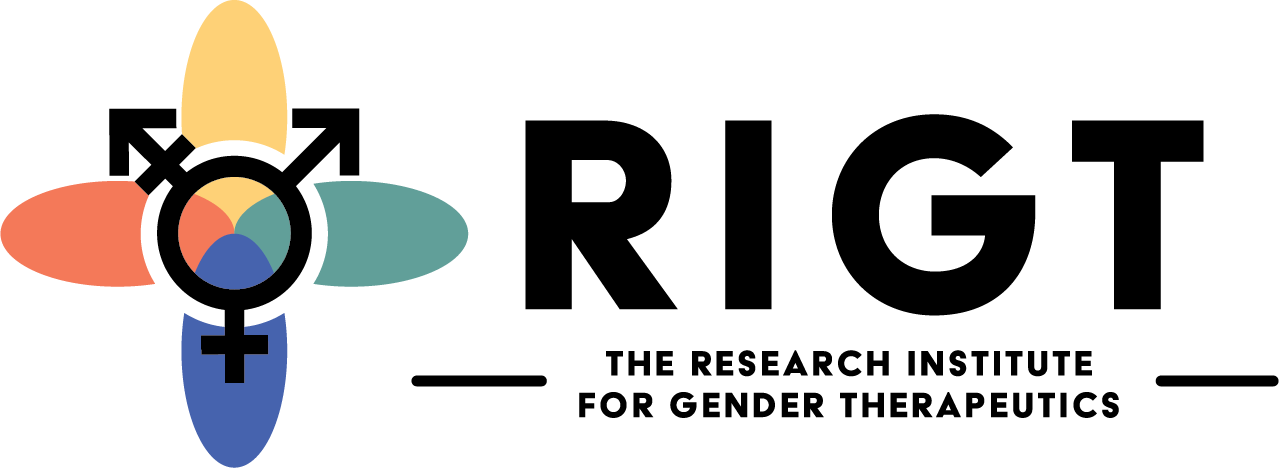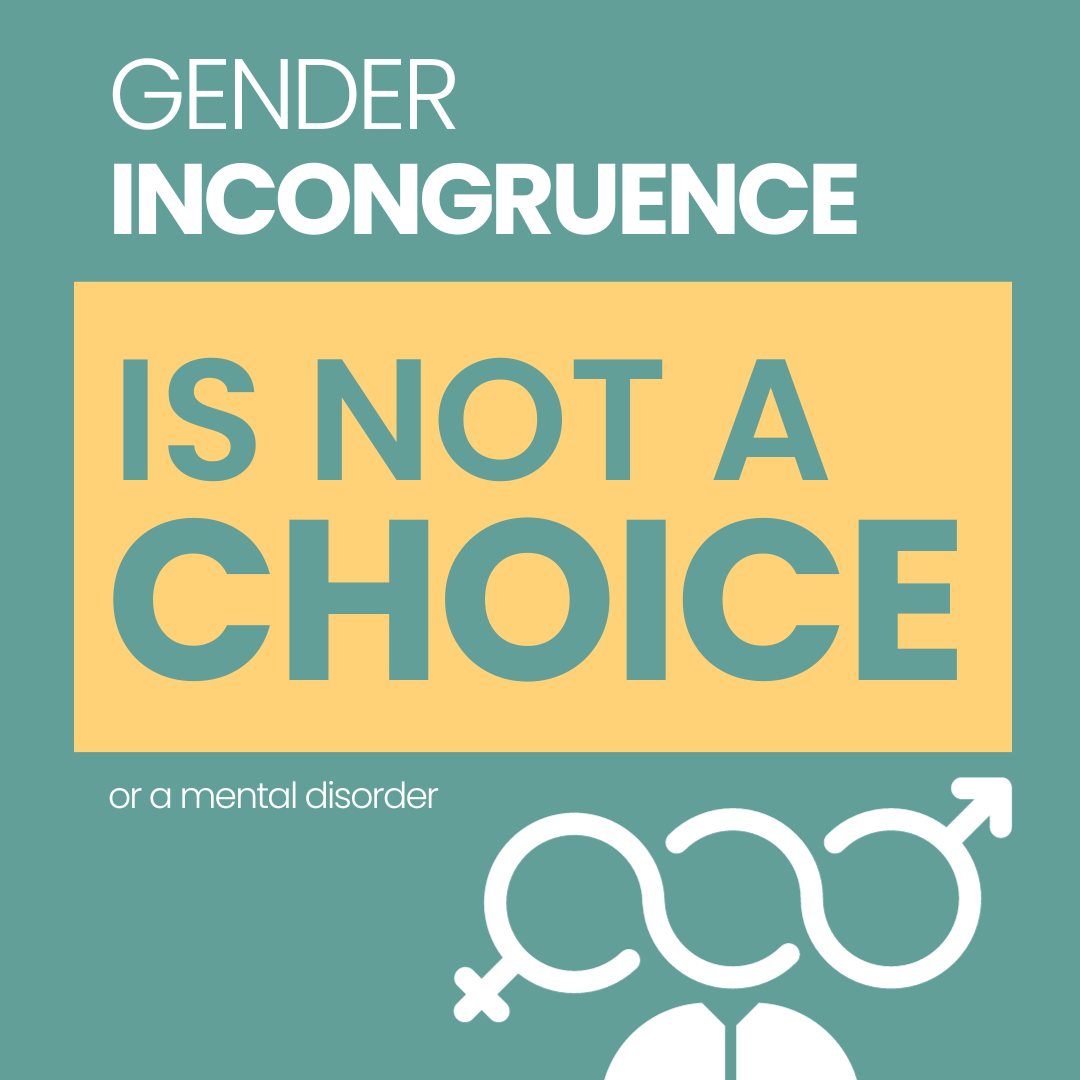Understanding Gender Diversity
“We want a world where boys can feel, girls can lead, and the rest of us can not only exist but thrive. This is not about erasing men and women but rather acknowledging that man and woman are two of many—stars in a constellation that do not compete but amplify one another’s shine." – Alok Vaid-Menon, author of Beyond the Gender Binary
Gender Diversity
Gender diversity encompasses a wide spectrum of gender identities that go beyond the traditional binary concept of male and female. This diversity is particularly pronounced within the transgender and gender-diverse community, which includes individuals whose gender identity differs from the sex assigned to them at birth.
Understanding and embracing gender diversity is essential for fostering inclusivity and respecting the identities and experiences of all individuals. Gender diversity extends beyond identity to encompass various expressions of gender.
Some transgender and gender-diverse individuals may choose to undergo gender-affirming medical treatments, such as hormone therapy or surgeries, to align their physical appearance with their gender identity. Others may express their gender identity through clothing, hairstyles, or pronouns.
Respecting gender diversity involves using individuals’ chosen names and pronouns, creating inclusive spaces, and advocating for legal protections against discrimination.
It also means recognizing that gender is not determined by biological factors but is deeply rooted in an individual's internal sense of self.
“If you try presenting yourself as something other than your birth assigned gender, and it makes you feel euphoric, that’s just as valid a reason to transition as escaping dysphoria." – Laura Kate Dale, author of Gender Euphoria
Gender Incongruence
Gender incongruence, often referred to as gender dysphoria, is a complex and deeply personal experience that occurs when an individual's gender identity does not align with the sex assigned to them at birth. This incongruence can result in significant distress and discomfort, both emotionally and psychologically.
To foster empathy, compassion, and inclusivity in society, it is crucial to understand gender incongruence.
First and Foremost…
It's important to recognize that gender incongruence is not a choice or a mental disorder. It is a genuine and valid aspect of an individual's identity.
Appreciating the diversity within the transgender and gender-diverse community is essential. Gender incongruence is not a one-size-fits-all experience. Individuals may have varying degrees of dysphoria and pursue different paths toward aligning their gender identity with their physical appearance, which can include social transition, hormone therapy, or gender-affirming surgeries. Respecting each person's unique journey and choices is an integral part of understanding and supporting individuals with gender incongruence.
Understanding gender incongruence requires empathy, education, and a commitment to respecting each person’s gender identity and expression.
By acknowledging the legitimacy of these experiences and advocating for inclusive and supportive environments, we can help individuals with gender incongruence lead more fulfilling and authentic lives while fostering a more accepting and diverse society.





